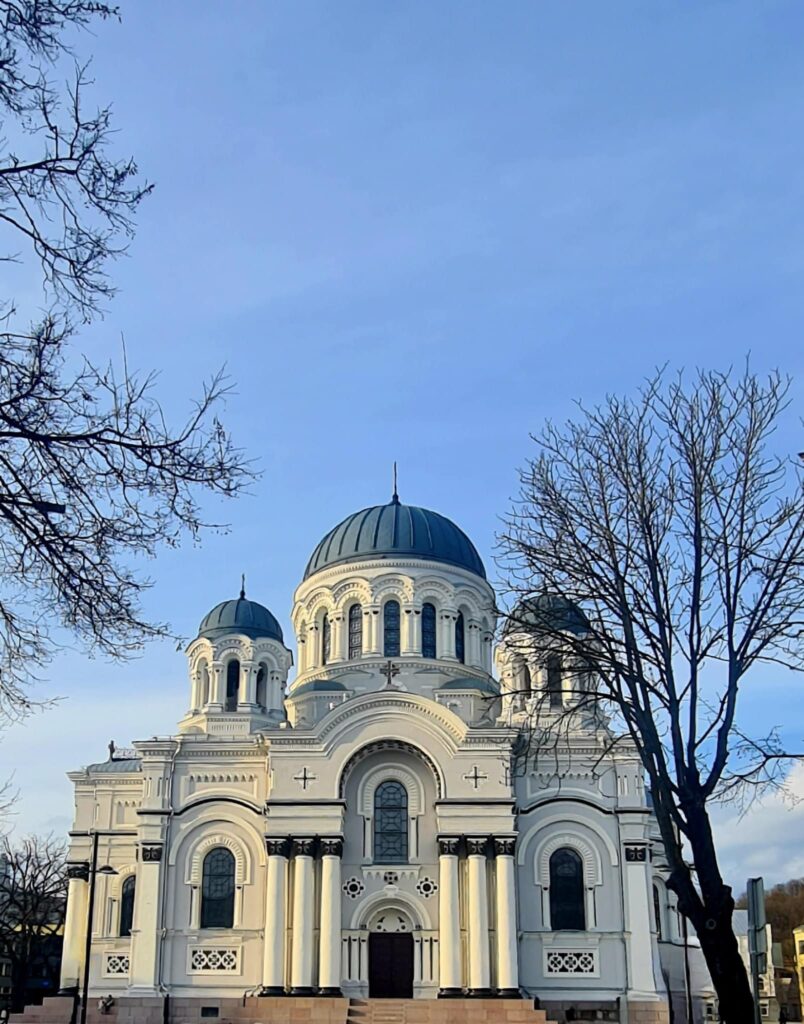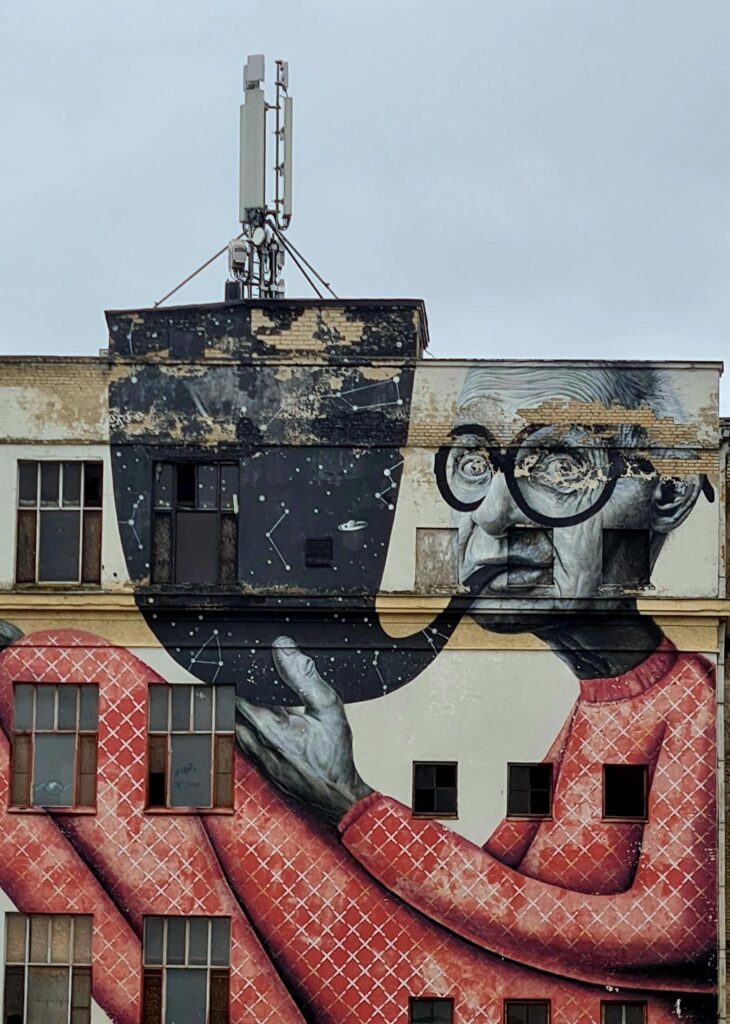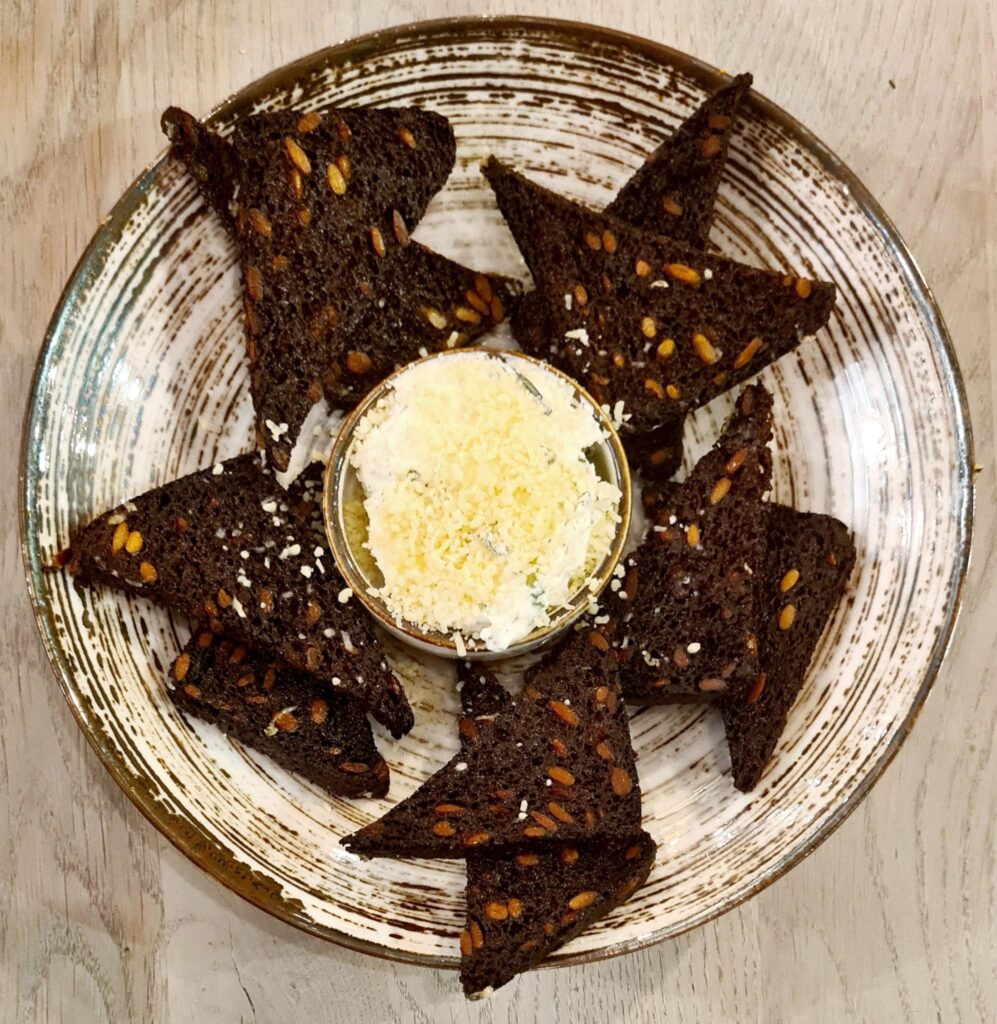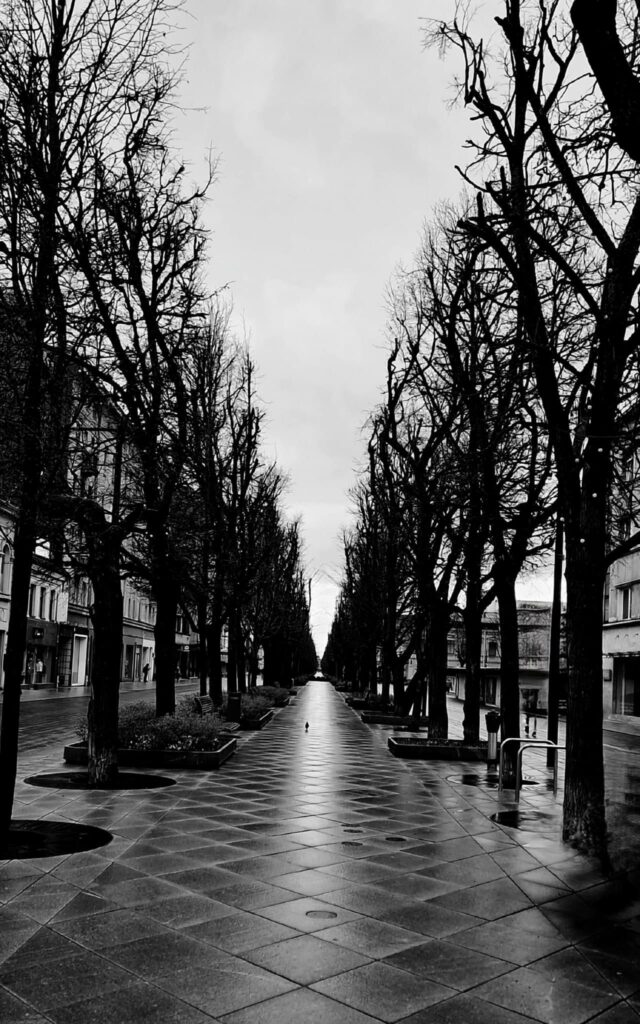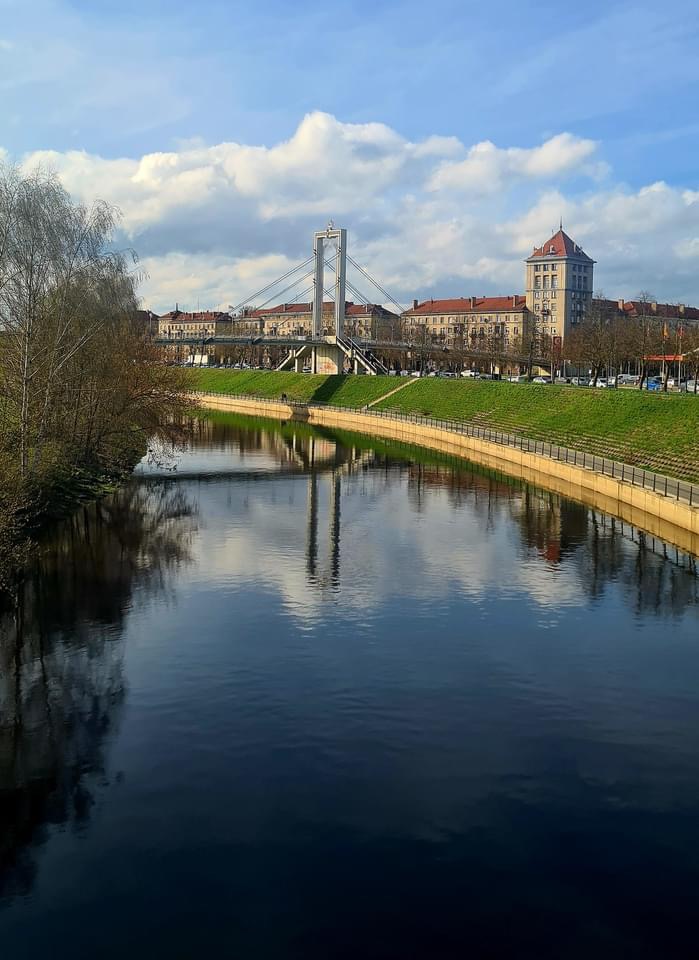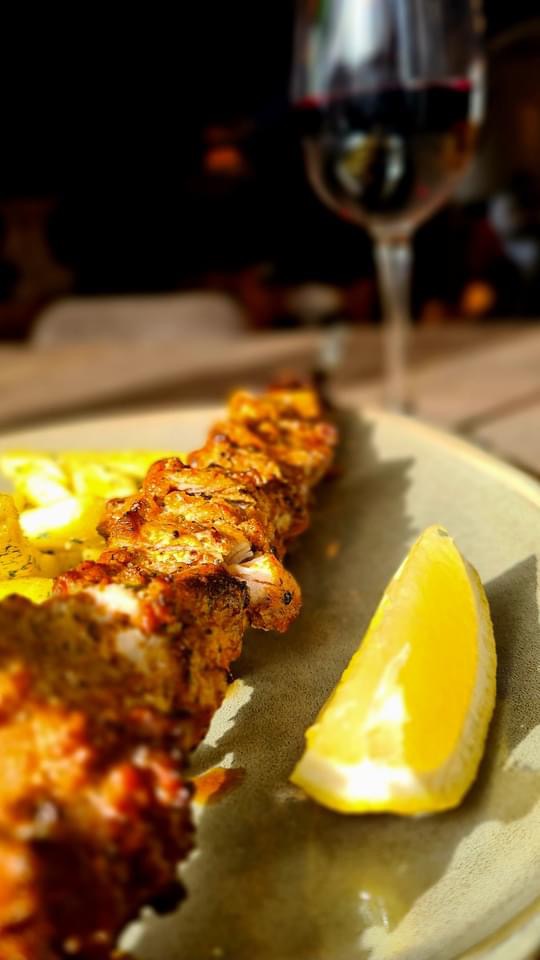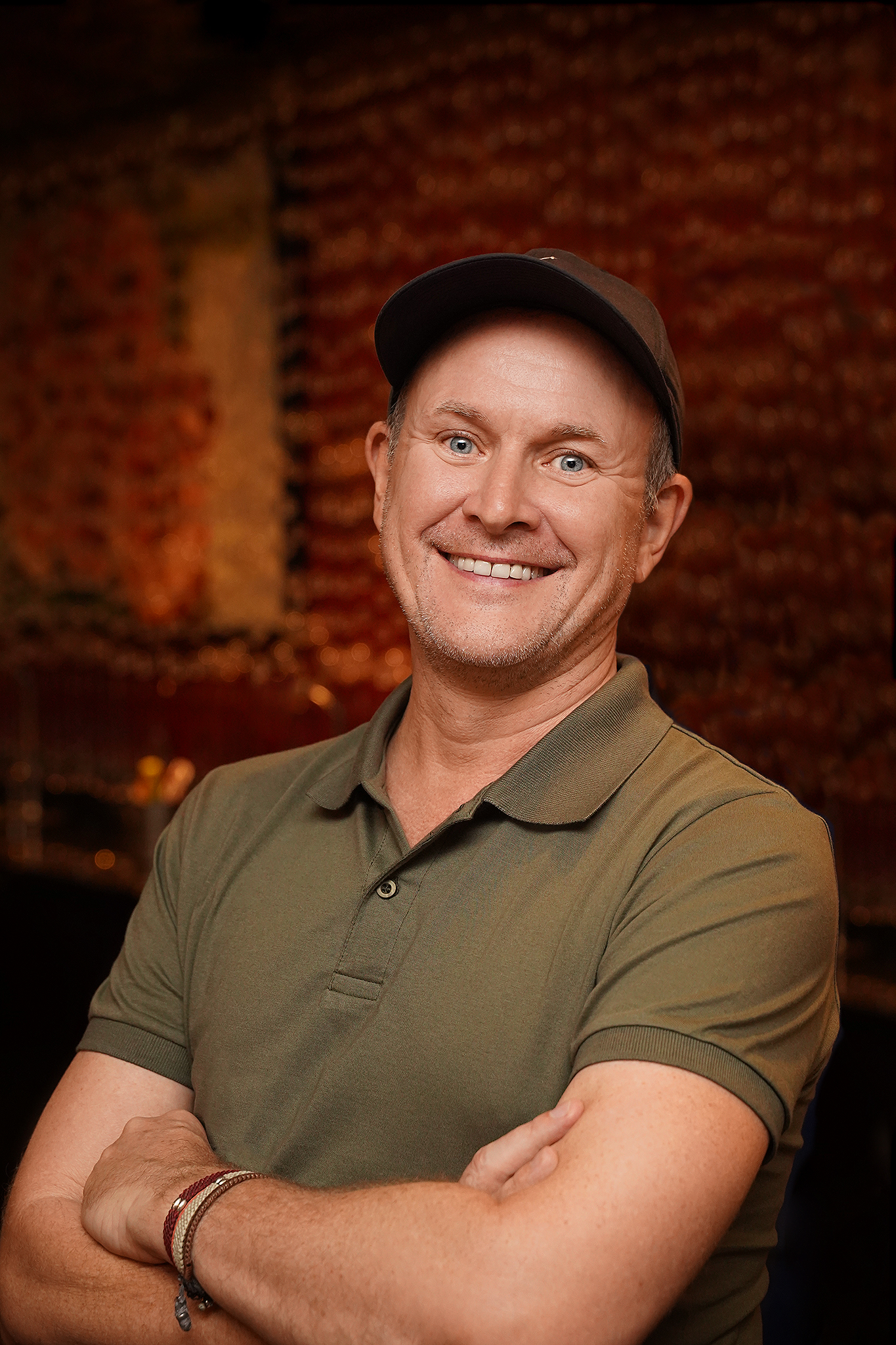May 4, 2024
To stay as far west of the possible conflict zones to the east, I dropped a plumb line and headed south, crossing the border into Kaunas, Lithuania’s second-largest city. I didn’t have much time to research, so I imagined a cookie-cut Balkan imitation of Riga. However, I was mistaken. Kaunas is more expansive and clean-cut, as though someone used a Gillette Mach-3 razor on it. The city’s main thoroughfare is Laisves Aleja, a lovely pedestrianised street adorned with historical markers, artwork, cafes, and bars with vast seating areas where people congregate to take advantage of the springtime sun. It is centred by a pair of parallel tree lines that form a charming boulevard within a boulevard. The eastern extremity ends beneath the watchful gaze of Mykolo Arkangelo bažnyčią, the Church of St. Michael the Archangel. This neo-Byzantine structure features high, bold arches, ornate pillars, and charming chocolate domes. The Old Town lies to the West; its broad, roomy cobblestone lanes, arranged in an orderly pattern, make it more carriage-friendly than Riga. The main attractions in this area are, of course, Kaunas Castle, the many church-fronted squares, and the historic structures home to a wide variety of appealing eateries. At the confluence of the rivers Neman and Neris, there is a designated spot for taking photos, although there is little to be seen. So I indulged in a nondescript selfie and drifted into a neighbouring Saturday market that I chanced upon. There, I refuelled with two cabanas and a low-acid Brazilian Arabica. It’s always enjoyable to stroll through markets, nibbling on the available cheese and cured meat samples, and watch the locals go about their everyday lives. The vendors’ mismatched selection of goods at their stalls caught my attention; at one, they had tulips and radish; at another, daffodils and cabbages, and yet farther on, spring onions, poultry, and gherkins. I may encounter carefully chosen ingredients for some indigenous dishes later in the evening. Lithuanian national food, cepelinai (“zeppelins”), are potato dumplings cooked from riced and shredded potatoes filled with ground meat, dry curd cheese, or mushrooms. I opted for the pan-fried version here since I had already tried the boiled variety in Latvia. As at Spud-u-Like, the fried ones are served half and topped with sour cream and bacon, unlike their boiled cousins, which are stuffed whole. Another treat is the Balandeliai, also known as Lithuanian Cabbage Rolls. Made by stuffing green cabbage leaves with ground meat and vegetables and cooking them until they become soft. Their name means “little doves” or “lovebirds” in Lithuanian, which seems odd considering that they didn’t have stumpy legs, a tiny head, or a short beak. Something that surrounds Kaunas, yet is completely invisible at the same time, is one of the city’s unique characteristics. One feature that sets the city apart is the “Kaunas fortress,” a group of nine strongholds constructed in anticipation of World War I. This enormous, yet irregularly repaired, ring of batteries, fortifications, and other installations encircles the city. I made the insane decision to walk all the way to Fortresses 7 through 9, logging over 24 km and 30,000 steps in the process. The excavated dwellings and hillside structures reminded me of Hobbiton, but with malevolent intent. The newest concrete fort, the 9th, was once a jail (since the 1920s) and a site of mass executions during World War II. The museum housed within it was poignant and devoted to the genocides against the people of Lithuania. The hike was physically exhausting, and I had not unsurprisingly developed a strong appetite and thirst. Since Kuanas is well-known for its mead and cider, pork was a significant theme in my selections to pair with both of these beverages. 2½ Obuolio Kisene is a bar where you may find liquified apples in various surprising colours and sizes. I surprised myself twice. I satisfied my need for mead at Smukle, a supplier of the best honied drinks and all things porky. The imposing Christ’s Resurrection Church, a remarkable modern church on a hilltop, provides a vantage point for expansive views across the city. Cubic in design with acute, angular lines, the spire is a massive cuboid that rises into the sky. Picasso meets the Pope. Upon arrival, there is a choice to walk or use the lift for five euros. Recognising the tower’s height and realising that my legs were still sore from the previous day’s exploits, I quickly removed the Euros from my wallet and headed for the elevator. A short while after the ascent, my steel cage shuddered. I had expected a long journey up to about 100 stories. The observation deck was not located at the tower’s summit but simply on the church’s roof. Though the views were still really spectacular, I should have read the fine print, for five euros I expected to be nearer the Gods! Keepa duona is one of the most popular and widely available snack foods in this beautiful corner of Europe, and it was definitely a must-have for me. A straightforward dish of fried black bread sliced into strips and generously seasoned with garlic. After being deep-fried till crisp, it can be eaten plain or dipped into garlic mayonnaise. Even though it is so simple, this is an unbelievably tasty snack that goes well with anything alcoholic, which was handy. Another delicious snack is Kibanai, a juicy empanada available at any of the many bakeries that pepper the city. Kaunas offered a delightful mix of attractions and culinary delights, enough to keep anyone occupied for much longer than I had time to spend. But it was time to move on. To be continued…
